The ringing sound of sleigh bells is all too familiar around this time of the year. It’s the official siren signaling in the winter season. While a well-known signature staple on sleighs, Santa suits and reindeer, jingle bells haven’t always been associated with Christmas. They do much more than just ring in holiday cheer.
1. Sleigh bells or jingles bells are a type of bell that produces a distinctive jingle sound. They are in the percussion family of instruments.
2. The bells are made from sheet metal bent into a spherical shape with a small ball bearing or short metal rod placed inside to create the jingle sound.
3. Small bells were known in ancient times. In Sumer, Babylonia, Assyria, and Egypt they were commonly suspended from the trappings of horses, mules, and camels.
4. Centuries ago, sleigh bells were fastened to horses to signal the approach of someone important or to warn pedestrians of an approaching vehicle. Sleighs were unable to stop quickly enough so they needed a warning sound.
5. William Barton opened the first US sleigh bell company in East Hampton, Connecticut in 1810. East Hampton eventually became known as “Belltown” because it produced so many bells.
6. Sleigh bells, or jingles, are rarely used to produce specific pitches. Mozart, however, prescribed this in the third of his Three German Dances K605.
7. The song Jingle Bells, also known as “One Horse Open Sleigh,” is one of the most popular and most recorded songs on Earth. It was written in 1857 by James Lord Pierpont and was originally meant for Thanksgiving.
8. Sleigh bells were one of the first instruments played in space. In 1965, Gemini 6 astronauts Tom Stafford and Wally Schirra, smuggled bells and a harmonica onto their spacecraft and played Jingle Bells for mission control as a light-hearted holiday joke.
9. The affluent ornamentally wore bells as a symbol of wealth and status.
10. In old Pagan beliefs, jingle bells are used to ward off bad luck, diseases, and evil spirits. Today, some motorcyclists strap small bells to their handlebars to ward off road demons.
Headline image credit: Sleigh Bells. Photo by Richard Wheeler. CC BY-SA 3.0 via Wikimedia Commons.
The post 10 fun facts about sleigh bells appeared first on OUPblog.

By Jessica Barbour
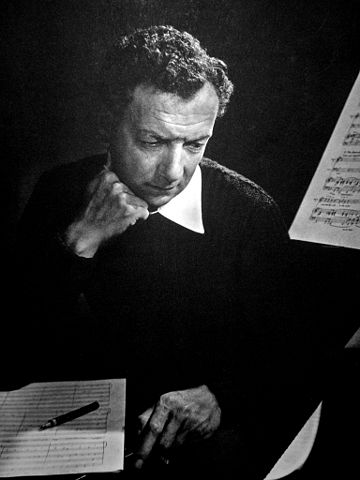
Portrait of Benjamin Britten by Yousuf Karsh, via Wikimedia Commons.
One of
Benjamin Britten’s strengths as a composer was writing music for children. Not just music for children to enjoy — many of his works, particularly his operas, are not really kid-friendly affairs — but for them to perform. I’m thinking particularly of choral music, where he excelled at writing songs that I found both beautiful and really fun to sing when I was very young.
That’s not to say that these songs are easy, of course; much of Britten’s music was described by critics (often derogatorily) as “clever,” and can be highly challenging. But that’s one of the joys of singing it. His songs felt like puzzles we were given solve, and I remember feeling pretty clever when we finally pieced them together.
I was about 10 years old when I first saw A Ceremony of Carols, Britten’s multi-movement Christmas work for treble chorus and harp. I left that performance awestruck, especially by the song “This Little Babe,” which has, off and on, been stuck in my head ever since. In the years after that concert my sister and I hoped emphatically that our church’s choir would sing that song in an Advent service one Sunday; they did, eventually, but not at the breakneck speed we were hoping for.
“This Little Babe” is a Britten puzzle-piece. It begins with all voices singing one line in unison, then, like several other movements in A Ceremony of Carols, uses a canon-like structure. (In a canon, one part of the choir begins a melody, another part joins in after them singing the same melody, and the overlapping of the two or more parts creates harmony. This concept is deftly explained here by a frustrated Stephen Colbert to the band Grizzly Bear.)
But “This Little Babe” isn’t quite a round or a canon. It’s not like “Row, row, row your boat” where each voice sings exactly the same melody as every other. Nor are the entrances of each part spaced out in a way that makes the resulting harmony similar in every measure. The second verse splits the choir into two parts, the third verse in three, and each entrance in the split follows so quickly after the last (only a beat apart) that there’s a ripple effect; it doesn’t sound like harmony so much as like echoes in a racquetball court.
Performing this effect is difficult, and demands focus from the singers. The parts all end simultaneously despite their starting at different moments, which means that the second and third lines are shortened (and, therefore, melodically different) versions of the first line. These slight differences and the speed of the song make it imperative that the chorus members know their parts cold. At a length of about a minute and twenty seconds, however, the song doesn’t demand that the kids learn very much material, just that they learn it well.
Britten began work on the carols in 1942, during a sea voyage to England. He had been living in America for three years as a conscientious objector to WWII, but returned that spring. He’d recently been commissioned to write a concerto for harp, and brought some harp manuals to study on his way home. The boat he was traveling on made a stop in Halifax before crossing the Atlantic, and while on shore there he bought the excellently titled book The English Galaxy of Shorter Poems.
Among this book’s contents are Robert Southwell’s “New Heaven, New War” (from which the stanzas that make up “This Little Babe” were taken) and four other 14th-16th century poems used in A Ceremony of Carols. Britten completed drafts of seven of the carols in the five weeks before he landed in England while working concurrently on another choral piece. He reported to a friend that this happened simply because “one had to alleviate the boredom!” (Trying to calculate how many Ceremonies of Carols I could have written while bored on long trips myself has yielded depressing results.)
The final aspect of what makes “This Little Babe” so thrilling to perform is the words. The first verse begins:
This little Babe, so few days old, is come to rifle Satan’s fold;
All hell doth at his presence quake, though he himself for cold do shake;
For in this weak unarmèd wise, the gates of hell he will surprise.
If you’re the kind of kid (as I was) that preferred the Christmas carols she sang to be in a minor key, and to invoke some scary images (“We Three Kings,” “What Child is This,” or “Coventry Carol,” for example) then getting to sing the words “Satan” and “hell” in concert is something you might relish. And it’s not just that these ideas are involved — you also get to sing about their being vanquished by a tiny baby. Being a child and singing about another child who fights and wins against evil is a glorious sensation — especially when all voices come together in unison again to sing the final line: If thou wilt foil thy foes with joy, then flit not from this heavenly Boy.
“In Freezing Winter Night,” a foil to “This Little Babe,” is slower, and quieter, but its text, also by Southwell, is thematically similar. It addresses the paradox of God existing as a human baby with all the attendant weaknesses, like vulnerability to cold, but in “In Freezing Winter Night” the baby is first described as pitiful, his shivering portrayed in the chilly harmonies in the choir and dissonant harp tremolos.
Click here to view the embedded video.
It also utilizes a sort of canon, and in this one the top two voices do sing exactly the same line. But the harmonies shift underneath them, making the role of the D-sharp sung by the first voice-part different from the role of the D-sharp sung by the second voice part. This gives each line individual musical responsibility — a feeling that both are uniquely vital to the piece.
That is Britten’s gift to children’s choruses. He trusted them with exciting text and difficult music, and gave them the opportunity to make real art despite their age. Children can tell the difference. I’ve read that he originally intended this piece to be performed by a women’s choir, and I recently got to perform it with the women’s ensemble I’m in, but the best parts of that performance were the ones where I felt I was singing like a little kid, foiling my foes with joy.
Jessica Barbour is the Associate Editor for Grove Music/Oxford Music Online. You can read her previous blog posts,
“Glissandos and Glissandon’ts,” “Wedding Music,” and
“Clair de Supermoon,” or learn more about Benjamin Britten on Grove Music Online.
Subscribe to the OUPblog via email or RSS.
Subscribe to only music articles on the OUPblog via email or RSS.
The post Foil thy Foes with Joy appeared first on OUPblog.

By Iain Mackinlay
Christmas is the busiest time of year for the Oxford University Press Music Hire Library. With everyone wanting to include festive music in their December concerts the three Library worker elves are kept scurrying around the mile-long stretch of music shelves from September to December, busily packing up orders in time for Christmas concert rehearsals.

Music Hire Library Team: They’ve gone crazy from all the Christmas preparation!
With the fight to be Christmas No 1 in the charts still on, we thought we’d compile our own greatest hits of Christmas 2012. So, now that the orders are all in, and parcels of carols are winging their way to choirs and orchestras around the globe, we’ve totted up the orders for our festive music. Here’s the top ten for 2012:
10. Good King Wenceslas; Reginald Jacques
From Carols for Choirs 1
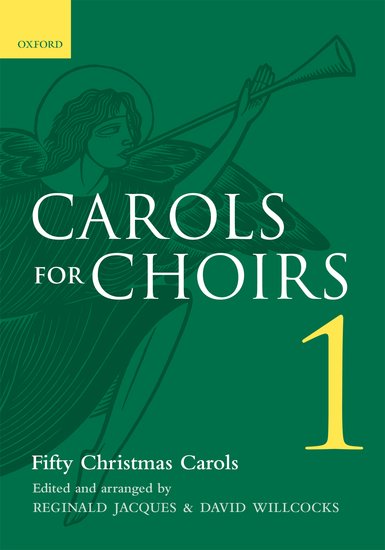
9. Shepherd’s Pipe Carol; John Rutter
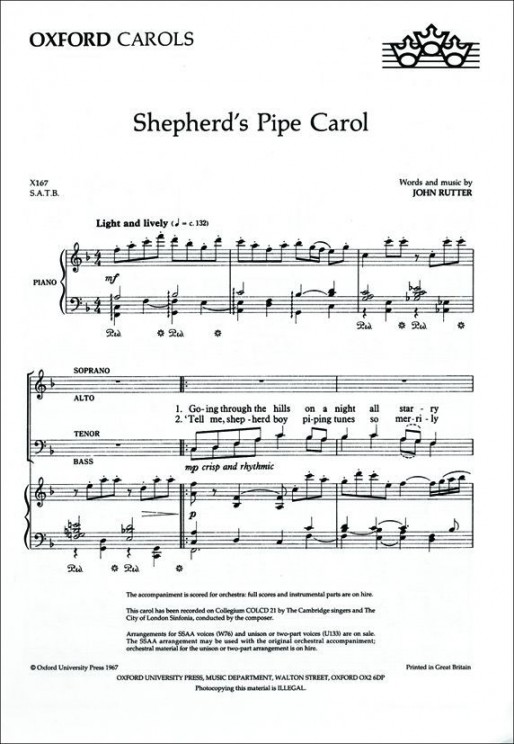
8. We wish you a Merry Christmas; Arthur Warrell
From Carols for Choirs 1

7. On Christmas Night; Bob Chilcott
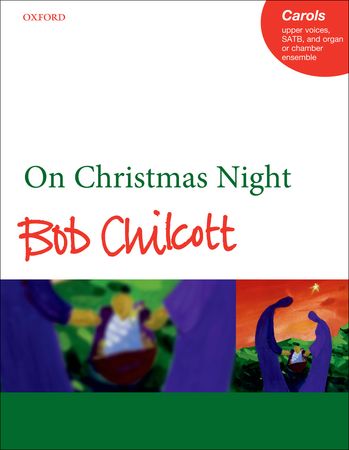
6. The Twelve Days of Christmas; John Rutter
From Carols for Choirs 2 and 100 Carols for Choirs
Click here to view the embedded video.
5. Sans Day Carol; John Rutter
From Carols for Choirs 2 and 100 Carols for Choirs
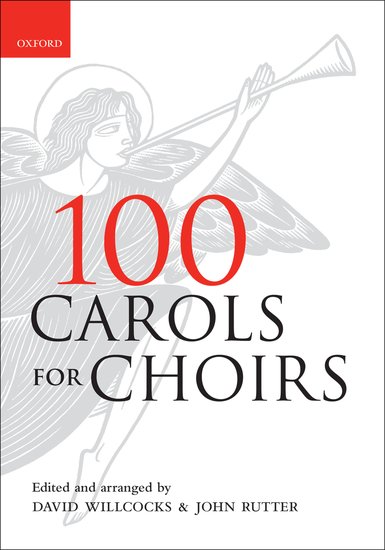
4. Angels’ Carol; John Rutter
Click here to view the embedded video.
3. Jingle Bells; Sir David Willcocks

2. Hark! The Herald Angels sing; Mendelssohn
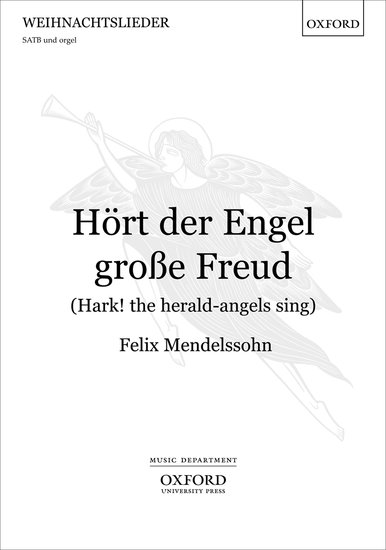
And….
1. O come, all ye Faithful; Sir David Willcocks
Click here to view the embedded video.
Iain Mackinlay is the Music Hire Manager at Oxford University Press. To find out more about these and other Christmas music published by OUP visit our website. Oxford Sheet Music is distributed in the US by Peters Edition.
Subscribe to the OUPblog via email or RSS.
Subscribe to only music articles on the OUPblog via email or RSS.
Image credits: All images property of Oxford University Press. Do not reproduce without prior express written permisson.
The post Top ten Christmas carols of 2012 appeared first on OUPblog.

I am hosting a Carol Sing at my house tomorrow night at 5 pm (in case you actually know where that is) to celebrate the beginning of Advent. Come on down. We'll be using the Friends' Hymnal and Songs of the Spirit, most likely.
Hub and I moved the piano from the dining room into the living room and since we did, I have been playing much, much more. The piano gives the living room more purpose now, I think.
So bring your instruments and your voices and some snacky thing and join in. And if you are far away, or don't know where I live (something I don't actually share on this blog), just sing your favorite carol at 6 pm EST on December 1st. I'll hear you in my soul.
On the subject of Advent, I just purchased a boatload of digital Advent calendars from
JacquieLawson.com. Jacquie and her pals offer some lovely greeting cards for all seasons for a yearly subscription fee. Their Advent calendars are delightful. (Some tech snobs might criticize the animation. Bah Humbug to them!) So check them out. I wish I could share the calendar with you.
If you don't want to spend any money, I found some sites that will send you to FREE Advent online Advent calendars. One site sends you to Jan Brett's totally awesome print out, full color, Advent calendar. But it is such a nice calendar and Jan Brett is such a wonderful illustrator
here is the link to her site. Check out these websites for links to many other Advent calendars. I haven't checked all the links so I hope they are all active.
From
Dec. 2009, Make Use Of's blog lists 10 Free Advent calendars. The ones I checked still work.
Nature Detectives has a 2012 list of downloadable Advent activities.
Check out
Activity Village's Advent calendar for this year.
This
ThriftyFun list is from 2004 but most of the links still work.
Happy Waiting everyone!










